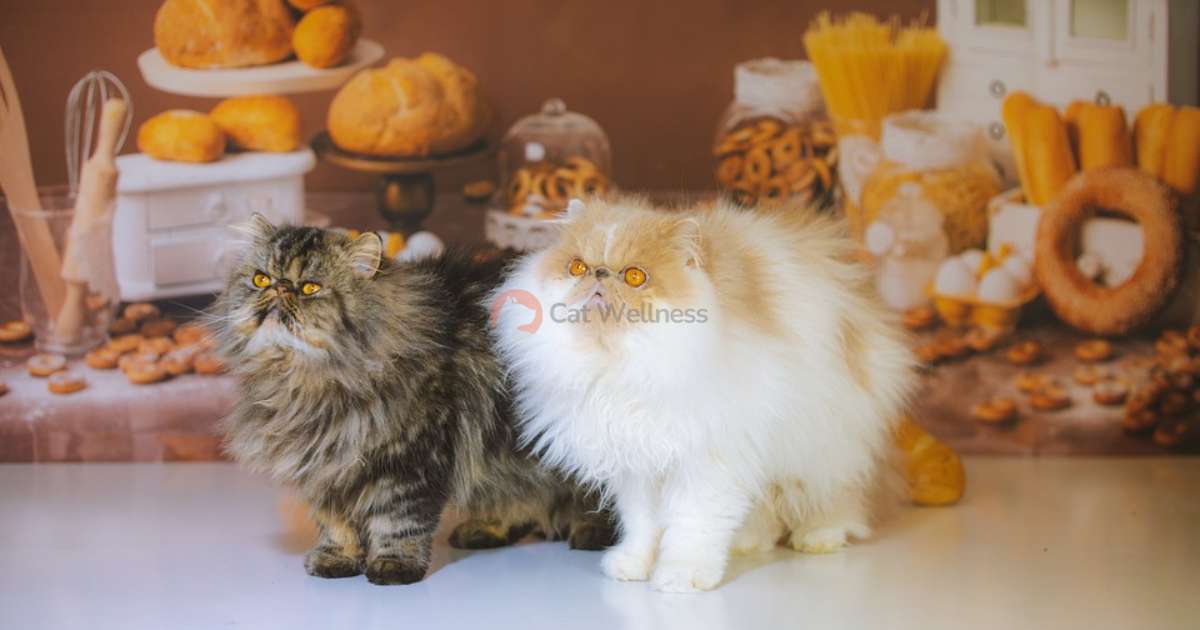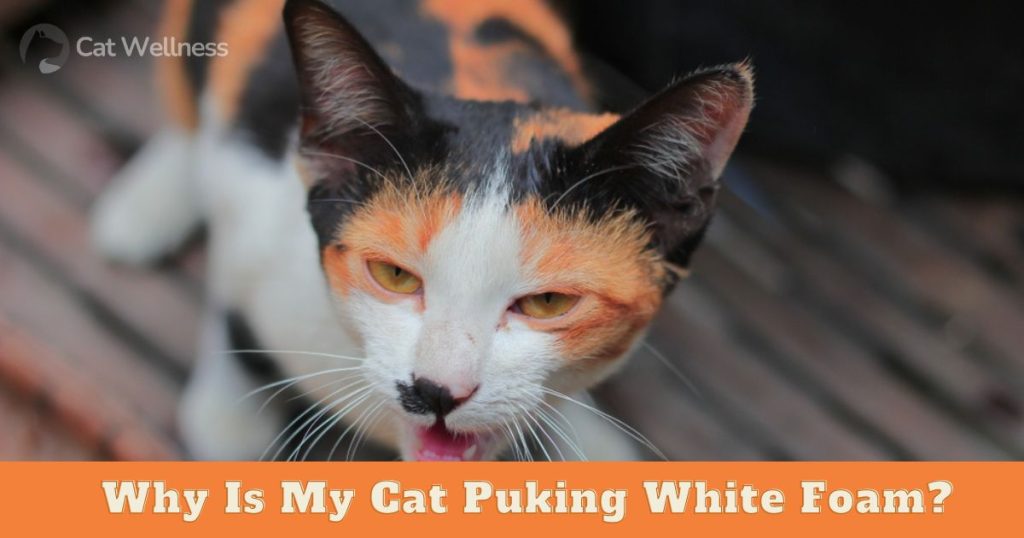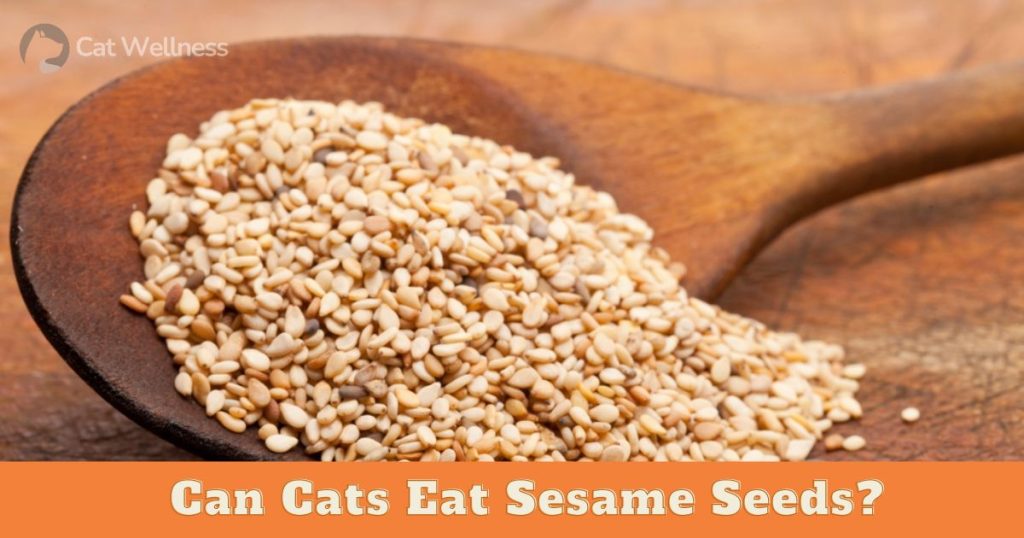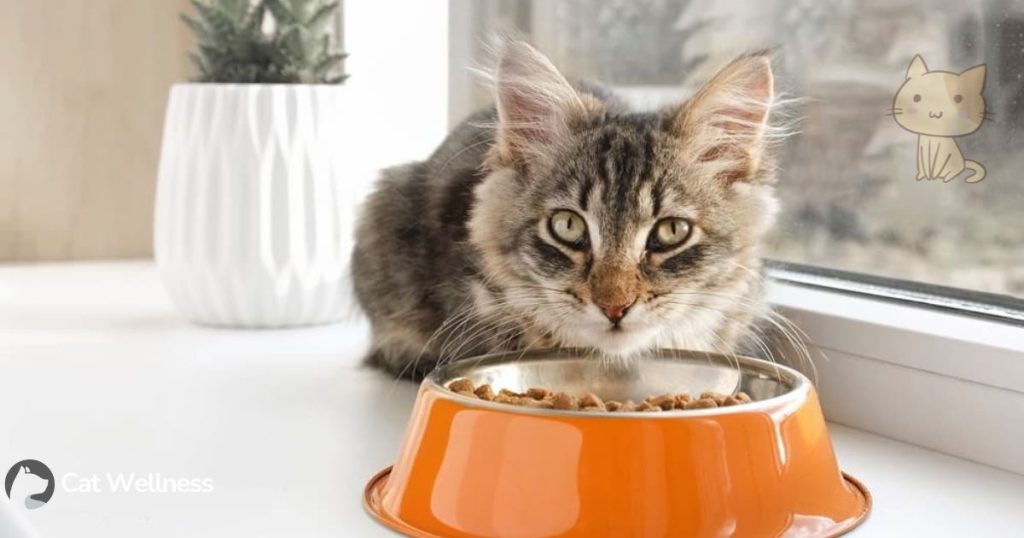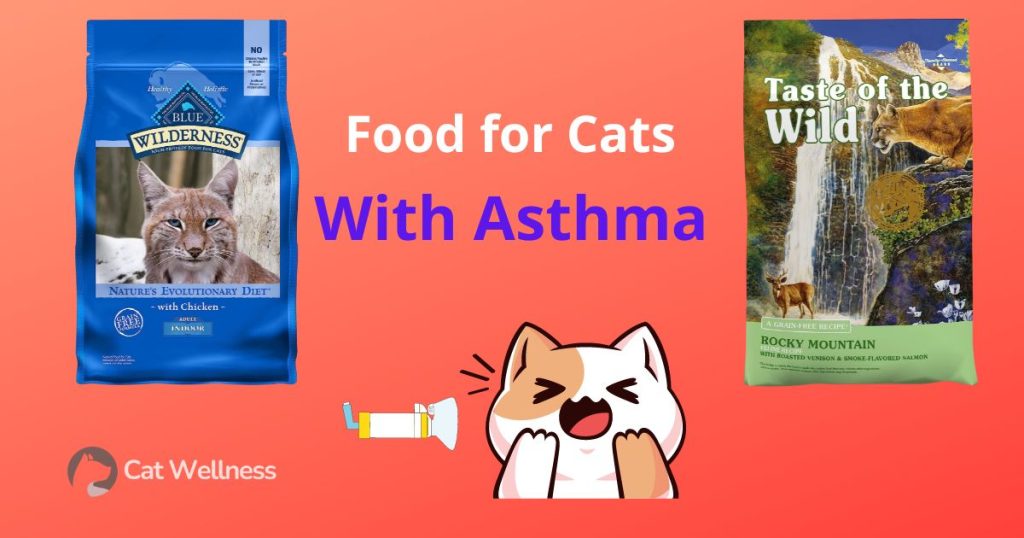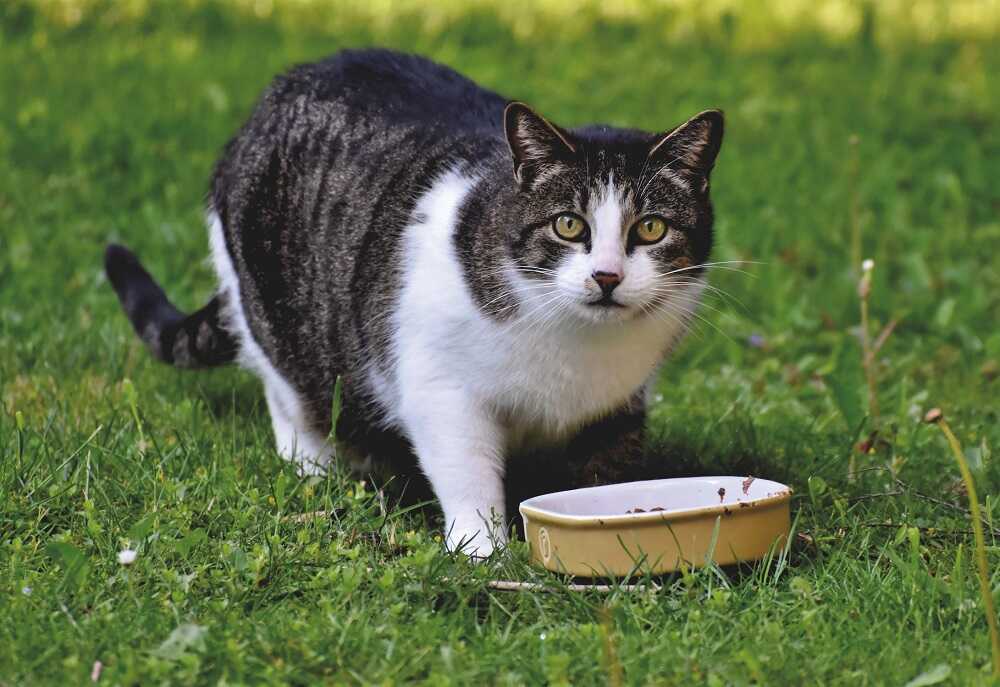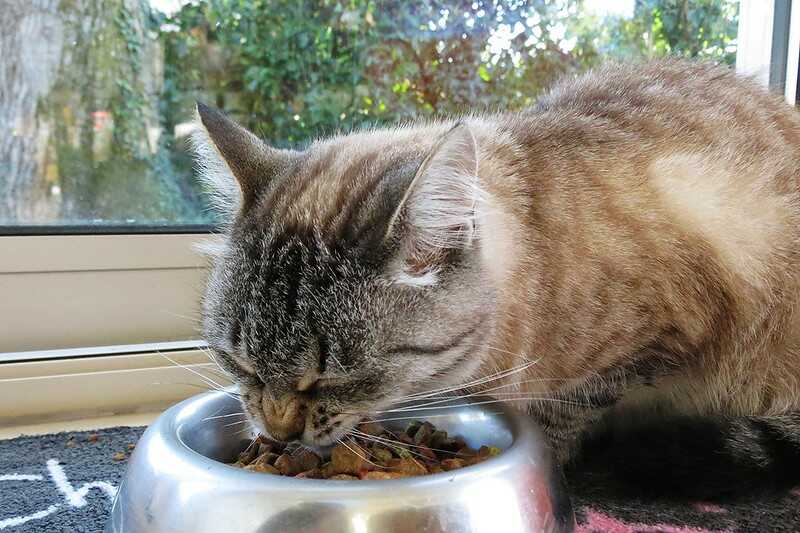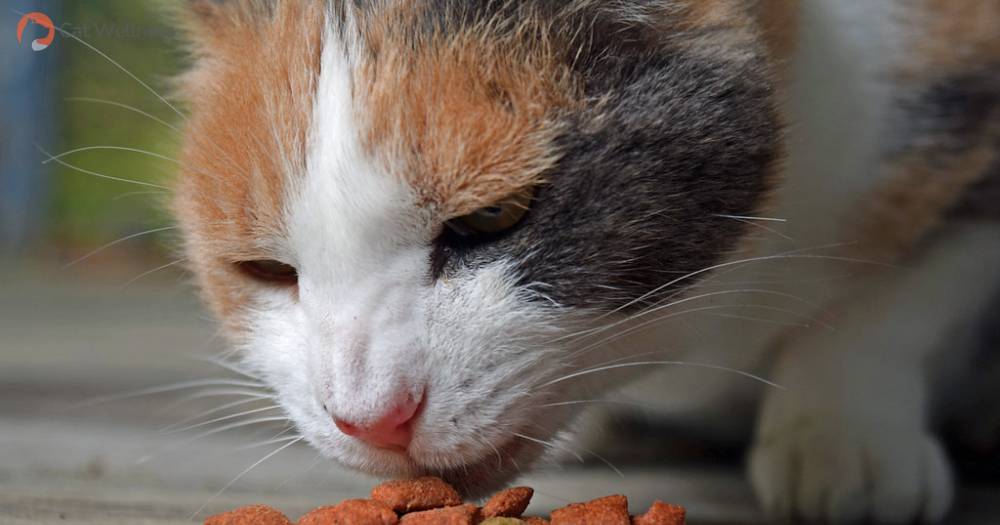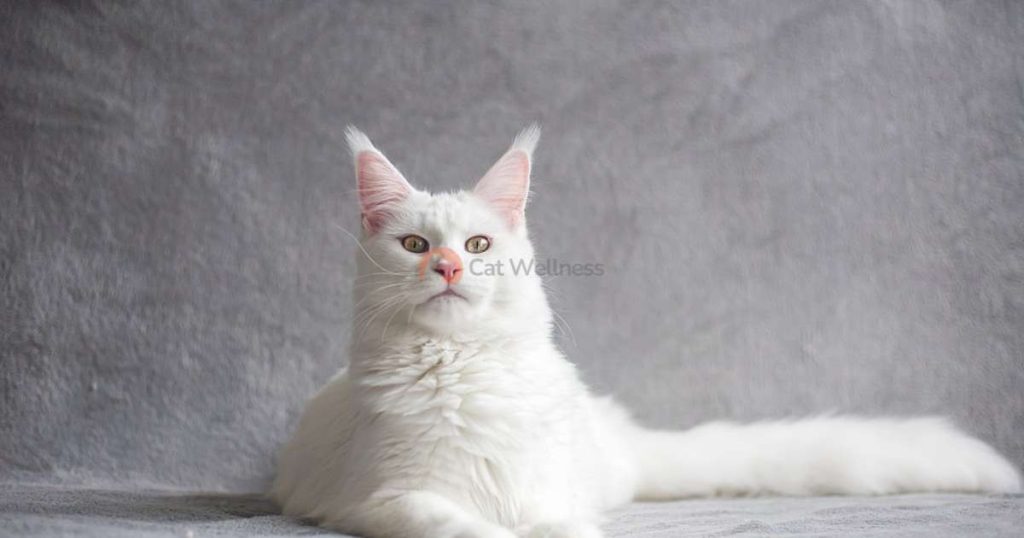Why does cat food contain ash? We often encounter the words ‘crude ash’ on the ingredients table of pet food. Pet lovers usually wonder what they mean and the reasons. This component is frequently misunderstood as a bulking agent in pet food. However, it is not that negative.
Like protein, fat, or fiber, ashes are a form of mineral nutrition. In other words, this term refers to the required minerals our pet needs, such as potassium, calcium, zinc, magnesium, iron, etc.
Therefore, ash’s appearance in pet meals is crucial because it provides certain minerals for our pet’s health.
Why Does Cat Food Contain Ash?
Since cats need about 2% of the ash to fulfill their mineral requirements. Thus, ashes are in the supplies to help our pets get a healthy diet!
Simply speaking, ashes indicate the amount of a combination of mineral nutrients in meals. This combination can include phosphorus, sodium, calcium, magnesium, potassium, zinc, and other trace minerals.
Cats in the wild may nibble on bones or plants to obtain mineral elements. At home, we also need to provide our pets with this kind of nutrition through ashes in pet food.
Normally, the ash level should be around 2%. If it’s more than 2%, the efficiency or the pet’s health stays the same. In some cases, it is even thought of as the filler in the food. In low-quality pet diets, the levels can frequently surpass 10%.
Ash content can be considered a measurement, contributing to food quality. We can check by burning the foodstuffs. When food is burned, proteins, fat, and carbs are destroyed, and the inorganic can’t be burnt minerals that form ashes.
Related Post: How Cat Food Is Made? Things to Note
How Does The Ash Level Determine The Cat Food’s Quality?
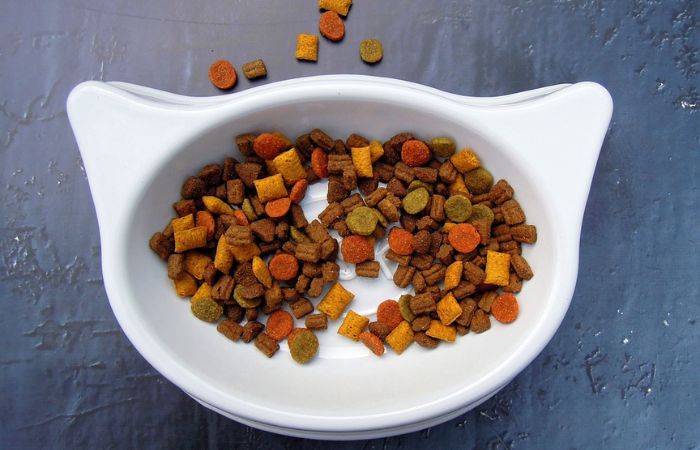
A bowl of dried cat food
The minerals in ashes are primarily contributed by the meat and bones. Moreover, other sources can be counted are vegetables and extra minerals such as the chelated that the producer may have added.
Chelated minerals may also be used in pet diets. These are minerals that have been bound to chemical compounds like organic acids. The small amount of chelated mineral addition helps fulfill pets’ mineral requirements.
We shouldn’t be alarmed if the term “ash” appears on the package. It is a crucial component of the pet’s diet, giving us an idea of the total amount of minerals in the food. From there, we can assess the quality of cat food.
Does Ash Content Lead To Kidney Problems Of Cats?
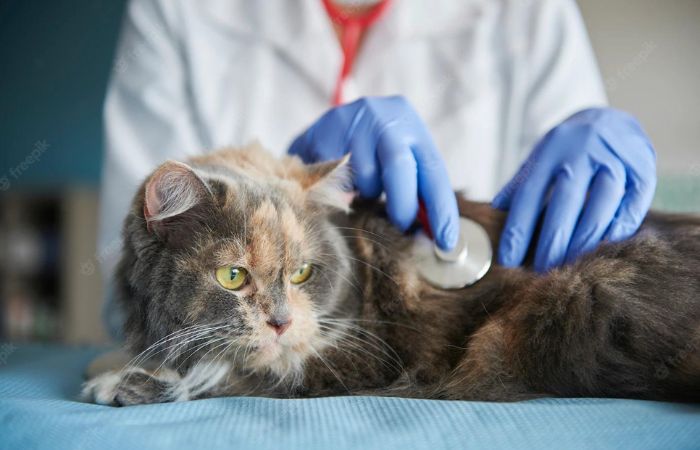
A doctor is testing a cat
Kidney disease is not brought on by high mineral intake. Nevertheless, if our cats already have kidney problems or failure, controlling the nutritional intake of some minerals can be crucial in the cat’s health management.
Studies indicate that phosphorus is the mineral that affects most in terms of renal diseases. According to the studies, giving both cats with kidney disease a diet with a low phosphorus level can expand their lives.
However, it doesn’t mean we should cut off the ash level. It is not recommended to provide our cats with a low-ash diet to lower the overall phosphorus level. If doing so, we will unintentionally restrict other crucial nutrients at the same time.
Related Post: What Cat Food Is Killing Cats? Choose Healthy Foods For Them
Does Ash Content Lead To Urinary Problems Of Cats?
It isn’t clear causation. However, studies reveal there is a relationship between cat urinary system issues and excessive amounts of minerals. The urinary crystal is mostly studied on this topic.
Crystals are formed by the mineral assemblages that can be seen in the urinary tract and bladder. They may be small, irritating the bladder. Over time, they get larger, increasing the chance of a blockage. Large urinary crystals (also called stones) can obstruct the urethra and inhibit urination. If our sick cats are untreated well, it can cause death within 24 hours.
Ashes used to be assumed to contribute to the development of urine crystals. However, recent studies mention several other causes, and ash is no longer considered the main root of FLUTD.
More investigation has revealed that urine with a higher pH, meaning more alkalinity, may produce more crystals. Infections, kidney illness, and hereditary abnormalities can cause higher pH urination. Additionally, a balanced diet is ultimately important to avoid alkaline urinating problems.
What Should We Feed Our Cats?
It’s recommended to have a high-protein diet. This strategy will assist in maintaining normal pH, which may reduce the probability of crystal formation and let our cats build a good immune system.
In addition, wet cat food may lead to less possibility of FLUTD than dried one. A wet food diet may be beneficial for boosting hydration levels and maintaining a normal urine pH.
Moreover, cats naturally drink very little water. In nature, the moisture they take in comes from their food. For a home cat eating dry kibble, about 7-9 oz of water would be required daily to maintain normal body fluid levels.
Conclusion
Ash provides necessary minerals for the cat’s health. This is also the most convincing answer to Why Does Cat Food Contain Ash? However, remember the ash level should be considered logically. A higher level doesn’t mean it’s better for our cats!

